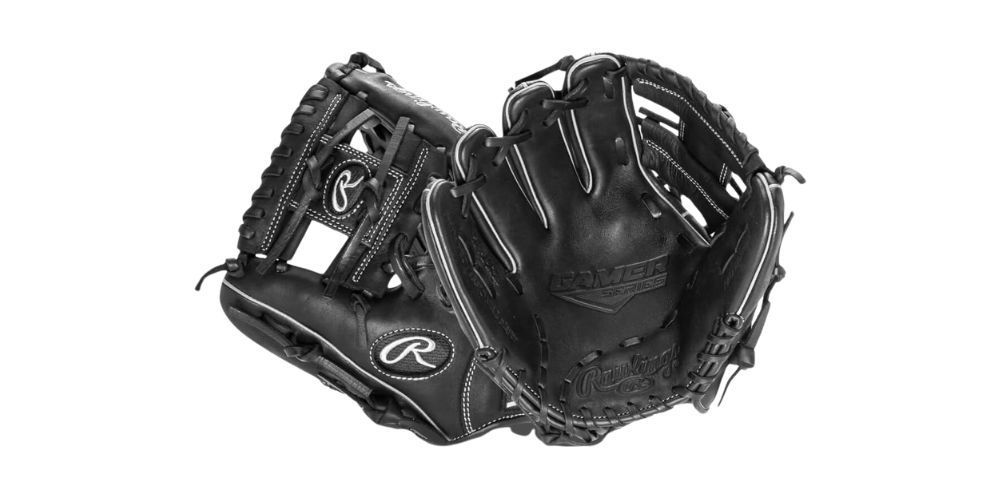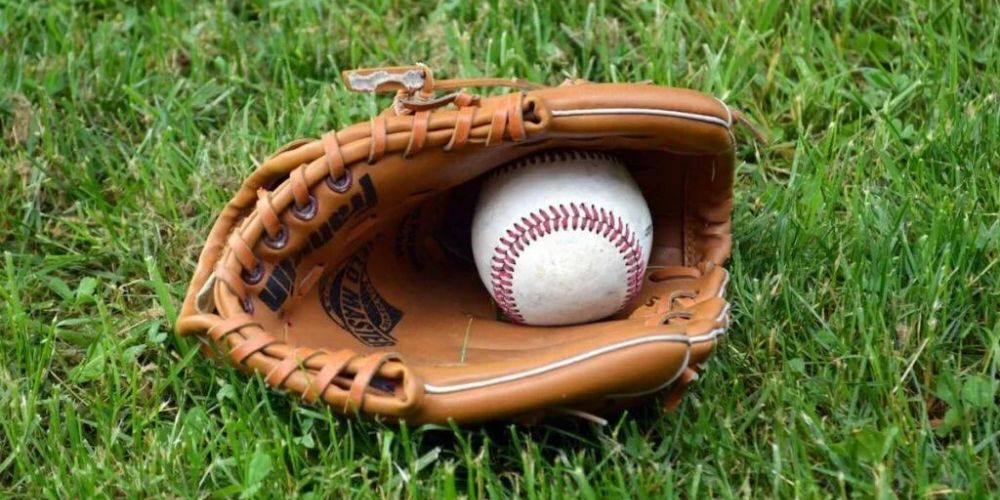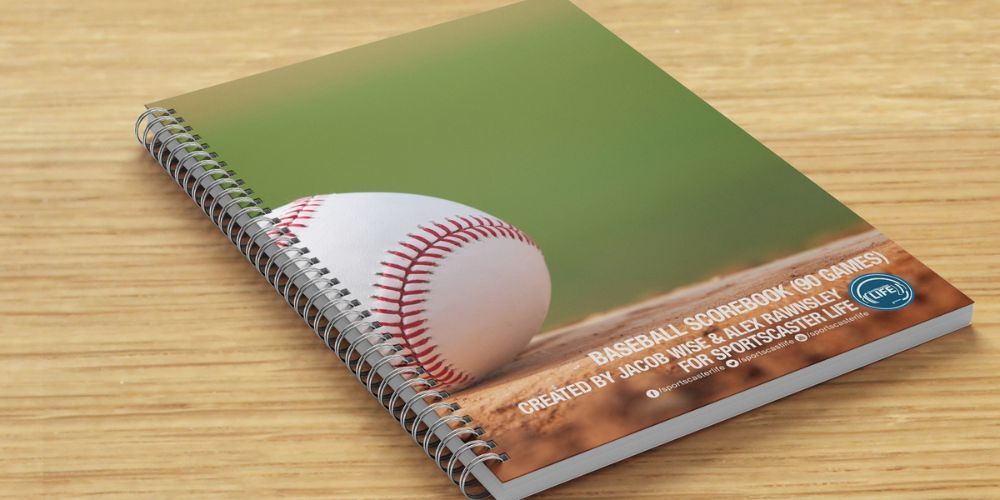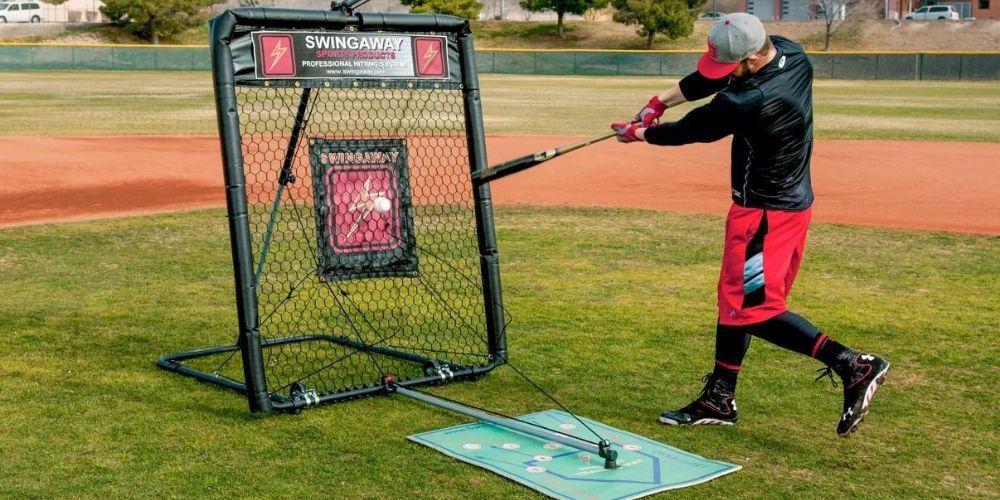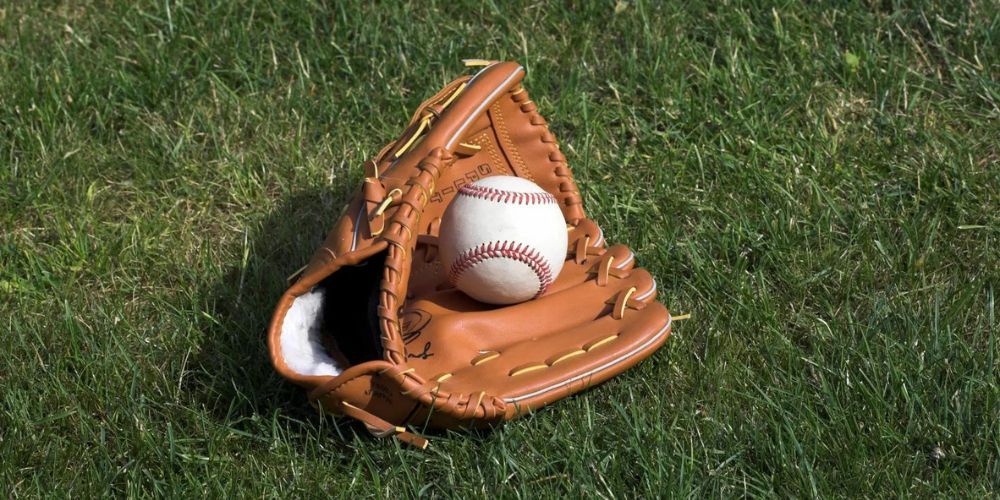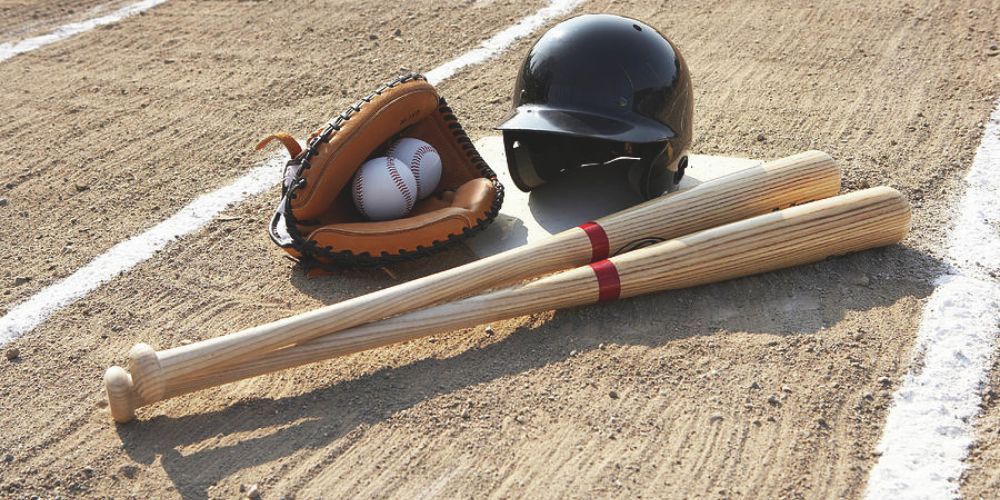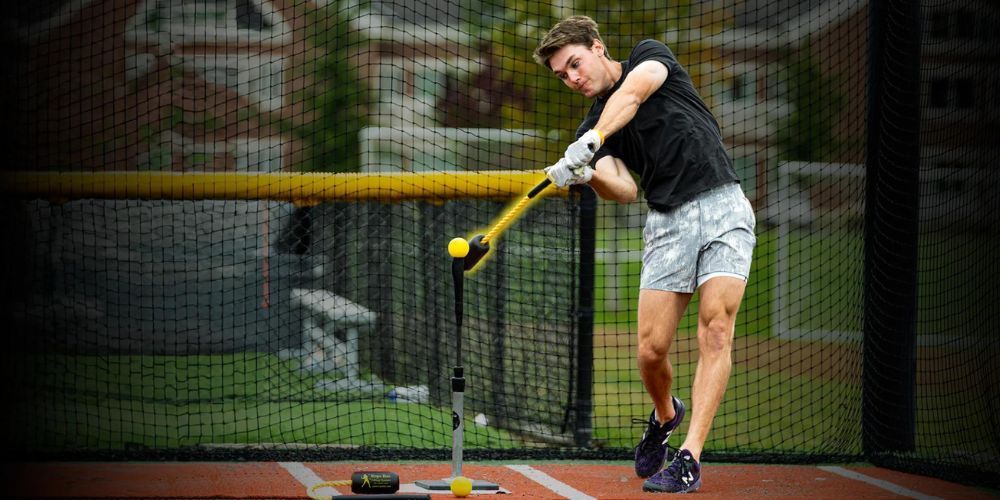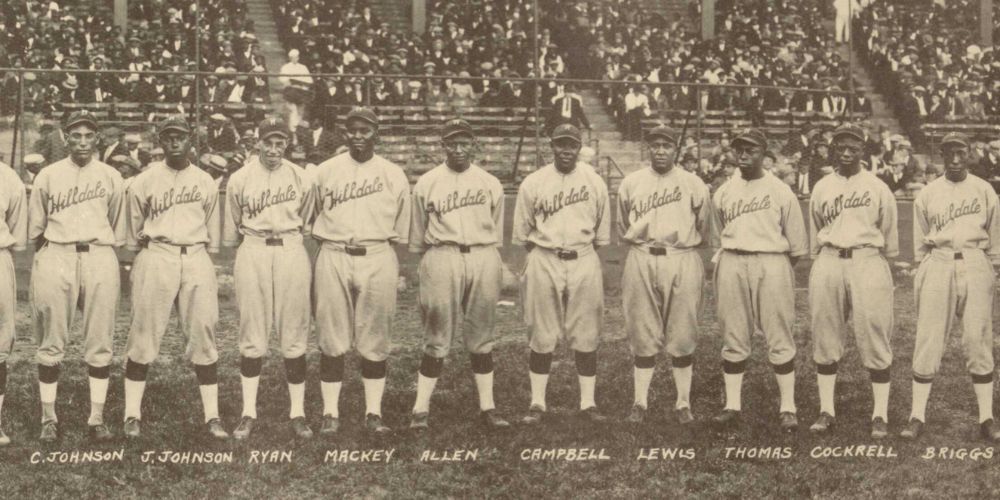The Ultimate Guide to Baseball Bats: Types, Materials, and Reviews
Baseball bats encompass a broad spectrum, from BBCOR Baseball Bats to Wood Baseball Bats. Each type caters to distinct age groups, leagues, and playing styles, influencing the bat's weight, design, and materials. From the crack of ash wood against the ball to the ping of metallic alloy bats, each bat offers a unique feel. Interestingly, wooden bats offer a nostalgic appeal with their classic performance dynamics while metallic ones steal the show with durability and reduced vibration. To find your perfect match in this wide array, let's delve deeper.
The best baseball bats for 2024 include top-rated options such as the Marucci Cat X , DeMarini Voodoo One , Victus "J-Rod" Julio Rodriguez Pro Reserve, Rawlings Velo , and Louisville Slugger Select PWR. These bats have been lauded for their performance, durability, and suitability for different player preferences and skill levels.
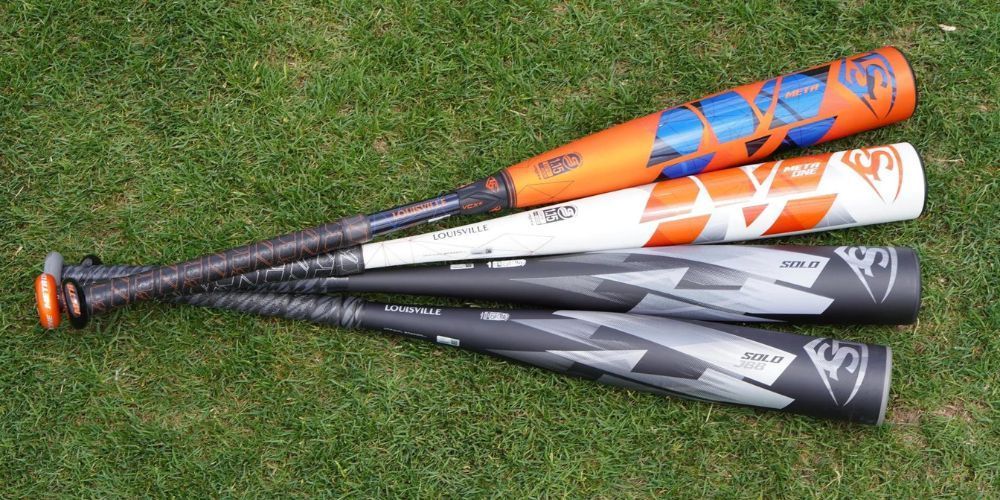
Categories of Baseball Bats
When it comes to choosing a baseball bat, it's not simply a matter of picking up the first one you see. There's a variety of different types of bats, each designed for specific purposes and suited to different age groups and playing styles. Let's delve into each category and how they differ from one another.
BBCOR (Batted Ball Coefficient of Restitution) bats are primarily used in high school and college leagues. These bats are specifically designed to mimic the performance of wooden bats, regulating the speed of the ball coming off the bat. They are typically made from aluminum or composite materials and are required to meet certain standards to ensure fair play.
These bats are ideal for players who are looking to transition from high school to college baseball where BBCOR-certified bats are mandated. They provide a balanced feel and reduced vibration upon contact with the ball.
Coach pitch bats are designed for young players around ages 6 to 8 who are just starting out in baseball. These bats need to be lightweight and easy to handle to allow young players to develop their swing and hit the ball effectively. They are usually made from aluminum or composite material, giving young players good control and allowing them to learn proper hitting techniques.
These smaller and lighter bats allow for better control, helping young players gain confidence as they start developing their skills in the sport.
Tee ball bats are designed for the youngest players, typically between 4 to 6 years old. These bats are the lightest and smallest in size. They're built to be easy to swing, helping children learn how to make contact with the ball. These bats often feature vibrant colors and fun designs, making them appealing to young children and encouraging them to engage in the sport.
Each category corresponds to specific age groups, leagues, and playing styles, influencing the design, weight, and materials used in the bat construction.
Understanding these distinctions will help you make an informed selection based on your age group and competitive level. It's essential to choose a bat that matches your skill level and ensures safety while also providing an enjoyable experience on the field.
Having gained insight into the nuances of baseball bat categories and their suitability for different age groups, let's now turn our attention toward an in-depth comparison of wood and metallic bats in the next section.
Wood versus Metallic Bats: A Comparison
So, you're in the market for a new baseball bat. Whether you're an athlete looking to upgrade your equipment or a parent assisting a child with their choice, the decision between wood and metallic bats can be quite a pickle. Each type offers its own distinct advantages and disadvantages, and understanding these differences is essential when making an informed decision.
Firstly, let's talk about the construction. Wood bats are often made from ash, maple, or birch. They are favored for their classic feel and performance, allowing players to experience the sport in its most traditional form. On the other hand, metallic bats , commonly crafted from aluminum, alloy, or composite materials, are known for their enhanced durability. The majority of modern baseball bats are now made from metal alloys and composites.
When it comes to performance, wood and metallic bats exhibit distinct characteristics. Wood bats require precise technique and strength to make solid contact with the ball due to their smaller sweet spot compared to metal bats. Conversely, metal bats offer a larger sweet spot, enabling players to make powerful hits with less precision. Additionally, metal bats are known for producing less vibration upon contact with the ball compared to their wooden counterparts.
Both types of bats also come with specific regulatory considerations based on various leagues. For instance, certain youth baseball leagues require the use of wood bats to help players develop proper hitting mechanics and avoid overreliance on the bat's performance attributes.
It's important to carefully consider these factors before making a selection. Understanding how each type of bat is constructed and performs will aid in making an informed decision that aligns with your playing style and league regulations.
In analyzing the construction and performance differences between wood and metallic bats, it’s evident that each type has its unique attributes catering to varied preferences and playing styles. Choose wisely!
Sizing Tips for Young Players
Finding the right baseball bat for a young player is akin to finding the perfect pair of shoes. It must fit just right to ensure safety, comfort, and performance. Like young players, baseball bats come in various sizes and shapes. The bat must match the player's size and strength to ensure proper swing mechanics, hitting power, and, most importantly, reduce the risk of injury.
When it comes to selecting the right bat size for a young player, it's all about finding the sweet spot: not too big, not too small. For youth players aged 5 to 7 years old, a bat length between 24 to 26 inches and a weight of around 14 to 16 ounces is recommended. As they grow older, players aged 8-9 can benefit from a bat length of 26 to 28 inches and a weight of about 16 to 18 ounces. This helps them practice with better control and precision.
As young players continue to grow, their bat sizing requirements change. For kids aged 10-11 years old, a bat length between 28 to 30 inches with a weight of approximately 18 to 20 ounces is suitable. It's essential to remember that these are general guidelines and each child is different; some kids might be taller or stronger than others in their age group.
Many retailers provide sizing charts determined by height and weight to guide young players in selecting appropriately sized bats.
Imagine if you were given a pair of shoes that were three sizes too big or too small—walking in them would be uncomfortable and unsafe. That's why finding the right-sized baseball bat for young players is so important. It not only improves their performance but also reduces their chances of getting hurt from swinging an improperly sized bat.
To use an analogy we can all relate to: A properly sized bat is like Goldilocks' chair—"just right." If the bat is too heavy or long, it will affect the player’s swing speed and control. On the other hand, if it's too light or short, it might not provide enough hitting power or reach. Young players need a bat that they can comfortably control and swing with ease, allowing them to develop good batting habits early on.
Now that we understand the importance of getting the right-sized baseball bat for young players based on their size and strength, let's explore how different bat materials can impact their performance on the field.
Comprehensive Guide to Bat Selection
Choosing a baseball bat is crucial for any player. It's not just about getting something that looks cool—it has to feel good and help you perform at your best. There are several key factors to consider when selecting the perfect bat.
First, you need to understand which materials bats are made from—there are quite a few options! Aluminum bats are popular for their lightweight feel, while wood bats are classic and provide a solid hit. Then, there are composite bats, offering a blend of lightweight swing and durability, and half and half bats, combining the best of both worlds.
Naturally, the league(s) the baseball bat is approved for should be one of your top considerations. The rules vary by league, so it's important to ensure you choose a bat that meets their standards. For instance, high school and college leagues often require bats to have BBCOR certification.
Now, let's talk about performance metrics. These are the nitty-gritty details that can truly impact how well you play. Swing weight affects how easy it is for you to swing the bat. A bat with a lighter swing weight can be easier to swing quickly, while a heavier one might give you more power behind each hit.
Balance is all about how the weight of the bat is distributed. Some players prefer an end-loaded or "top-heavy" feel for increased momentum and force behind their swings, while others might prefer a more evenly balanced bat.
And then there's the sweet spot. That's the part of the bat where—when you hit the ball—it sends it flying! A bat with a big sweet spot is generally more forgiving if you don't make perfect contact.
Online Bat Resources
Having access to resources like a Bat Coach tool can be incredibly helpful because it lets you find a bat based on your specific requirements. Plus, live chat with bat experts means you can get personal advice from people who really know their stuff.
In choosing a baseball bat , thoroughly research and utilize available resources to ensure that you find the ideal bat for your game.
As we move forward in our exploration of fine-tuning your baseball gear, let's now shift our focus to the critical role of bat weight when it comes to on-field gameplay.
Importance of Bat Weight in Gameplay
When it comes to baseball bats, choosing the right weight is more than just a preference; it directly impacts a player's performance on the field. The "drop," which is the difference between the length and weight of the bat, plays a crucial role in a player's swing speed, power, and overall gameplay.
A heavier bat can provide more power behind each swing due to its mass but may also reduce the player's swing speed. Conversely, a lighter bat allows for quicker swing speeds but may not generate as much power. It's essential to find the right balance that allows for both power and speed without compromising one for the other.
Think of it like Goldilocks testing out porridge—if the bat is too heavy, it can slow down your swing, while a bat that's too light might make you swing too quickly and lose control. You want something that feels just right for you and your playstyle.
The relationship between bat weight and player performance extends beyond just speed and power—it also affects a player's ability to hit the ball with precision and control. A bat that's too heavy can be challenging to maneuver, leading to potential mishits or swings that lack accuracy. Conversely, a bat that's too light may offer greater control but could sacrifice power in the process.
Understanding how bat weight influences swing speed, power generation, and hitting accuracy provides valuable insight into the critical role it plays in a player's overall performance on the field.
Cognizance of the impact of bat weight on gameplay serves as a cornerstone in optimizing a player's performance at the plate. Now, let's delve into the intricate details of bat construction—an aspect that underpins the very essence of a baseball bat's functionality.
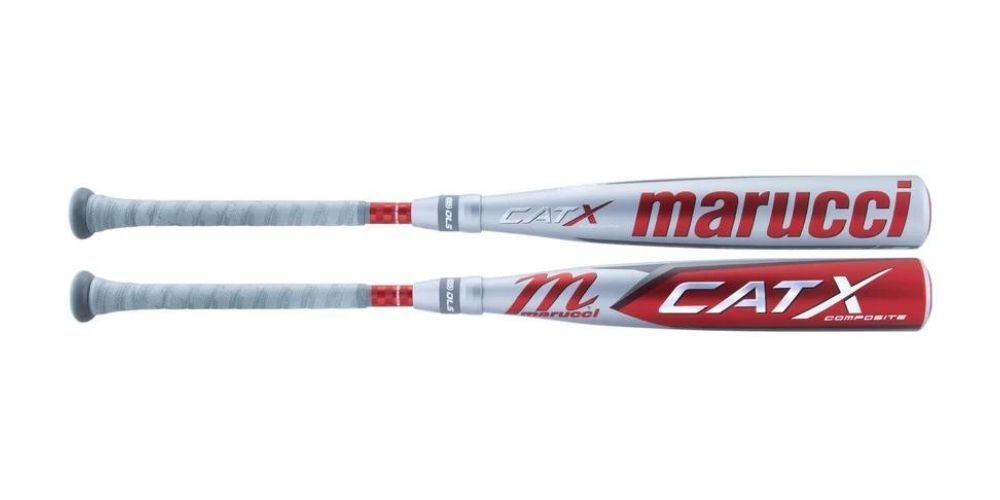
Interior Construction of Bats
Bats are not just solid pieces of wood or metal; they are meticulously engineered tools designed to maximize a player's performance. Understanding the internals provides valuable insight into how these bats are crafted. Key aspects such as barrel construction, handle design, and the integration of various technologies play a pivotal role in determining a bat's overall feel and functionality.
The barrel construction is crucial in determining the "sweet spot" of the bat – the area where maximum impact can be achieved. Many modern bats feature advanced alloy compositions or composite materials, tailored to optimize the trampoline effect upon contact with the ball. This complex engineering enables hitters to achieve greater distances and velocities when making contact.
Moving on to the handle design, it's fascinating to note how minute changes in grip shape, material, or thickness can significantly alter a player's experience at the plate. The comfort and stability offered by the handle directly influence a player's control and maneuverability, providing a steady platform for powerful swings.
For instance, some bats incorporate a specialized ergonomic grip that reduces hand fatigue and enhances control during intense game situations. This small detail can make all the difference between hitting a home run or missing the ball entirely.
Furthermore, technological advancements such as BBCOR certification and vibration dampening systems have revolutionized the industry by ensuring standardization in performance attributes across different bats. BBCOR certification specifically tests and regulates the "trampoline effect" of non-wood bats, maintaining a level playing field in high school and college baseball games.
Features like barrel construction, handle design, and the integration of technologies like BBCOR certification or vibration dampening systems influence the overall feel and functionality of the bat.
By acknowledging these intricate details, players and enthusiasts gain an appreciation for the artistry behind crafting bats and comprehend how these innovations translate into enhanced gameplay experiences.
Top Rated Baseball Bat Reviews
When selecting a baseball bat , it's crucial to consider factors such as material, construction, design, and overall performance. Let's delve deeper into some of the best baseball bats on the market today, each offering unique features catered to different preferences and playing styles.
Let's start with the Marucci Cat X. This bat is often recommended for beginners due to its beginner-friendly nature. It's easy to swing and comes with a gel-infused knob that dampens vibrations. Additionally, it boasts a generous sweet spot, which is essential for beginners honing their hitting skills. With prices starting at $292 on Amazon , it offers a great entry point for those new to the game.
Moving on to the DeMarini Voodoo One , this bat is highly regarded for its balanced design that prioritizes speed. Constructed using a composite-metal blend, it minimizes vibration while maximizing stiffness, providing players with precise control over their swings. What's more, it requires no break-in period, making it an attractive option for players looking for quick adaptability. Although priced at $360 on Amazon , its exceptional balance and performance make it well worth the investment.
For those who prefer wood bats, the Victus "J-Rod" Julio Rodriguez Pro Reserve stands out as an excellent choice. Known for offering more feedback on contact, this bat provides players with a satisfying feel when they hit the sweet spot. Its construction is tailored for power, featuring an end-loaded feel and durable one-piece construction. Priced at $210 at Amazon , this wood baseball bat is favored by players seeking a traditional feel and enhanced hitting power.
Nature's Playbook
As an Amazon Associate I earn from qualifying purchases.


